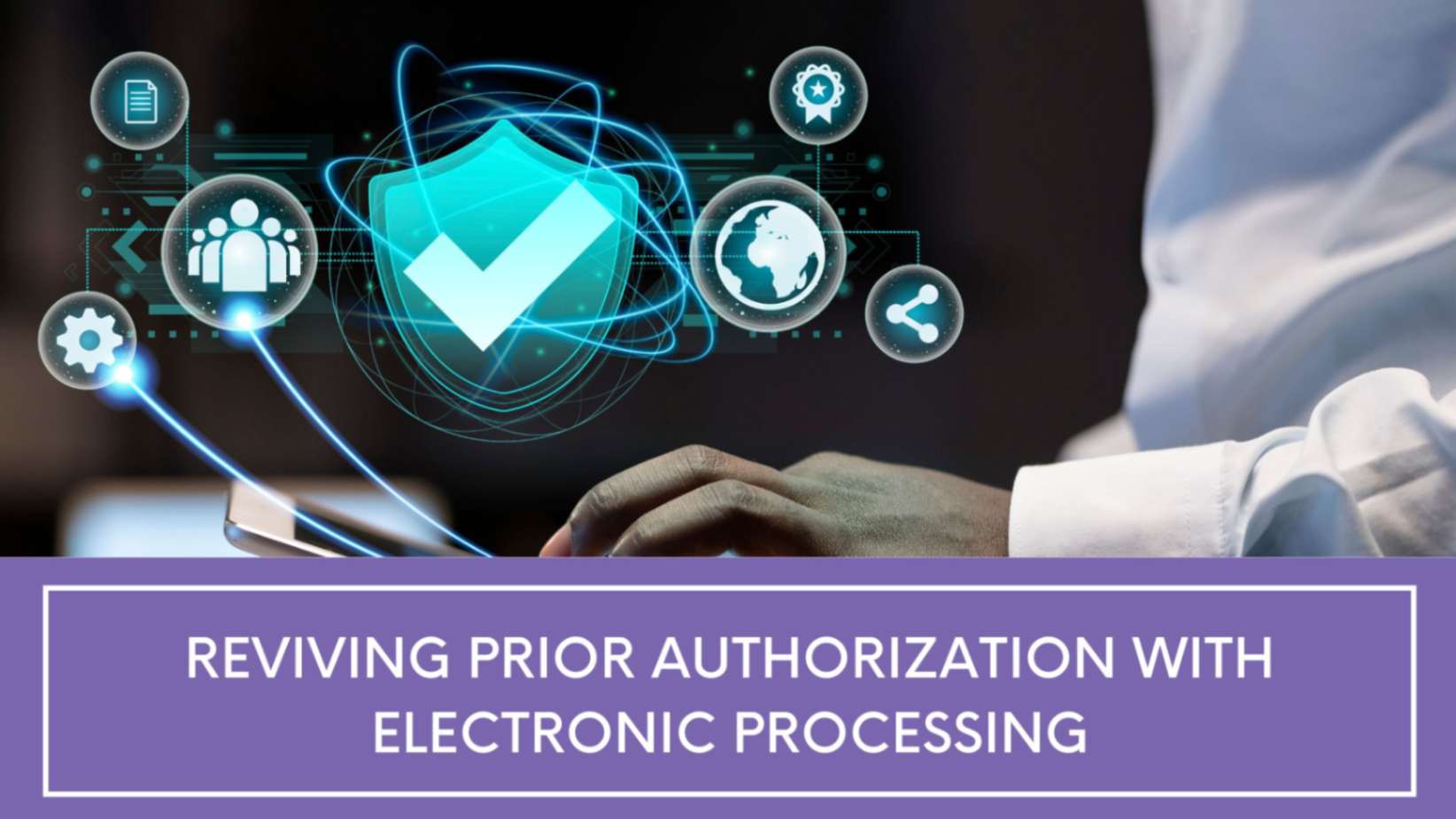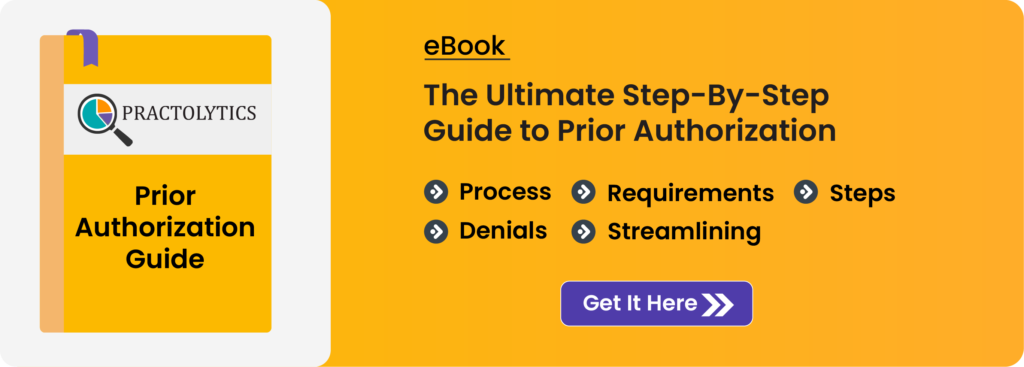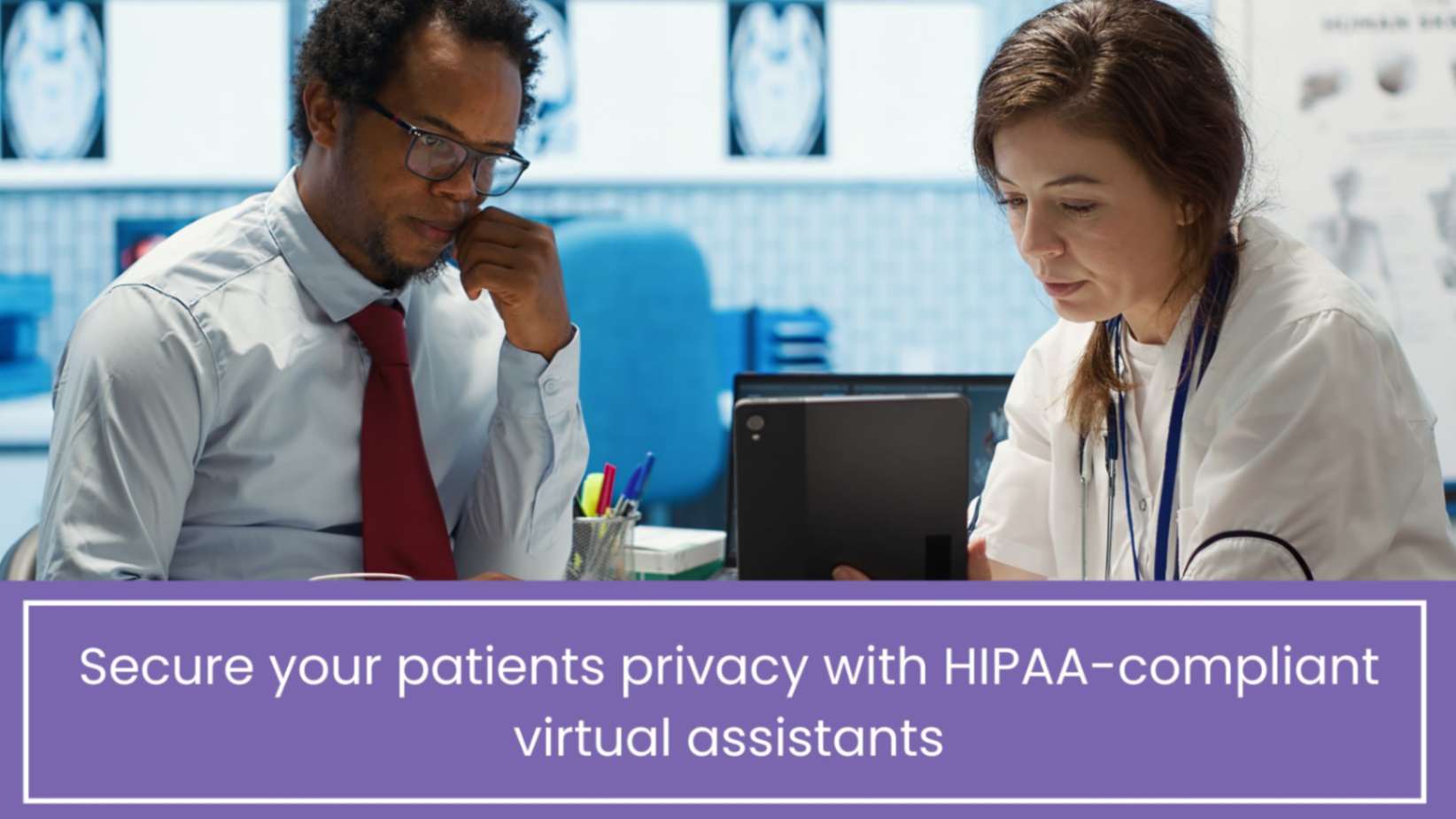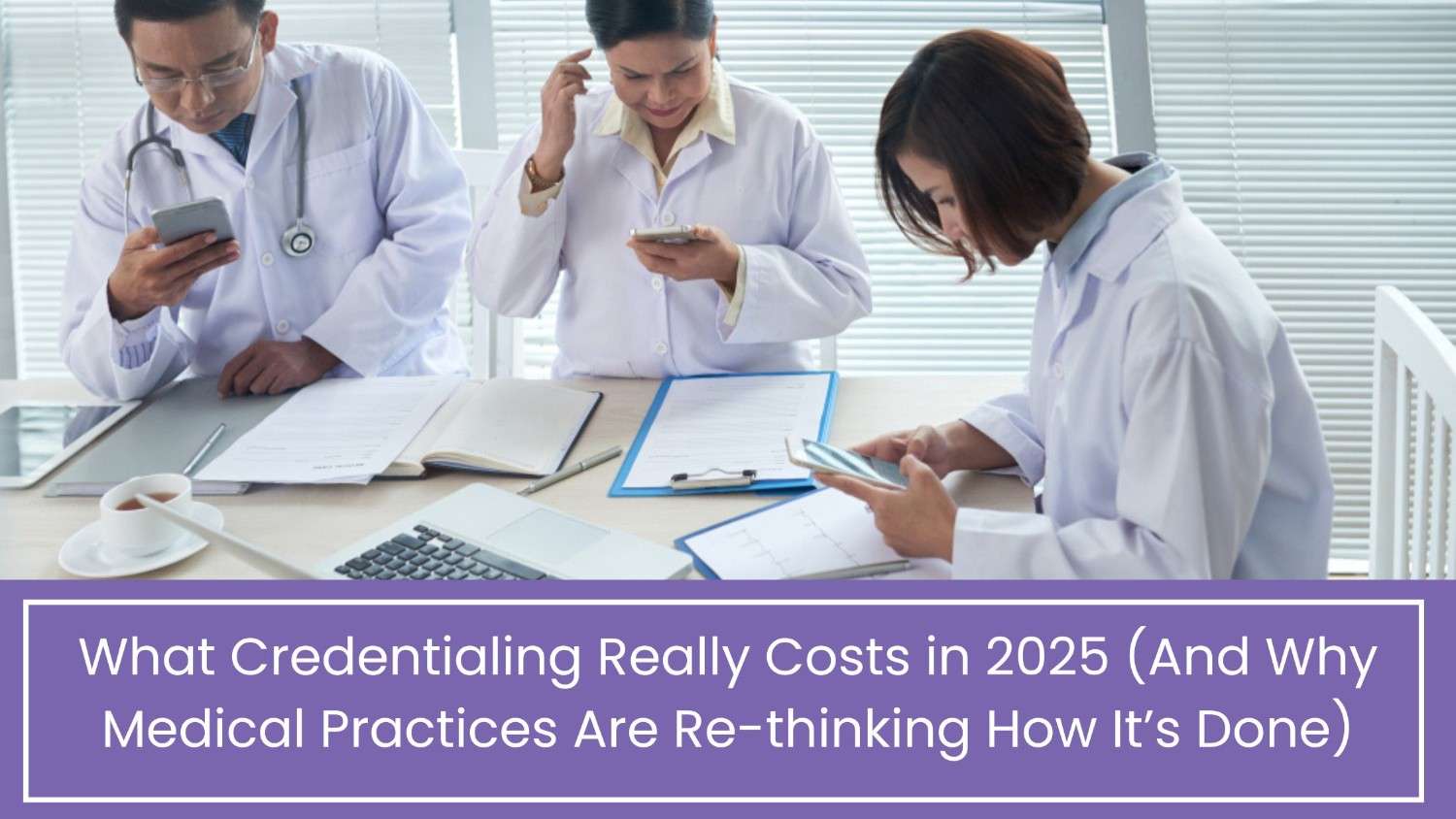Reviving Prior Authorization with Electronic Processing
If you belong to the healthcare sector, you might be aware of the fact that prior authorization is no child’s play. It is tedious and very time-consuming and is a huge burden on the practice and RCM staff.
Let’s see how the prior authorization process goes:
- The provider places the order, which is then delivered to an employee at the practice through one of several possible methods.
- Firstly, the staff must determine the mode of communication to carry out with the insurance company and decide if the inquiry with the payer must take place through phone or via website.
- Website inquiries take up longer time than phone communication, and phone communication can get hard to get at times.
- Once the inquiries has been clarified, the practice administration team must bog down to create and submit the required forms that must be send out for approval to insurance companies.
- Now, after all this there are chances that the submitted claims could get denied or rejected. The final decision is made after attaining all the required information.
It is pretty clear why manual methods aren’t much encouraged in practices. It takes up a lot of time and manpower and you never know what the result would be even after the entire processing. If it gets denied, then there is a whole other process that awaits them to unbundle.
To make things easier and quick to process, electronic prior authorization was introduced.
Electronic Prior-authorization
The leaders across the world has now become open to adopting new technologies, thanks to the pandemic phase. All they wanted at the time was to reduce the risk factors, friction aspects, and stabilize the patient engagement throughout. This is where the electronic prior authorization came to the light.
The demand for electronic prior authorization seems to have not left the scene even after the pandemic has come to an end. Many healthcare organizations have revived their policies during the period which were set out for the longer run.
How does electronic prior authorization work? It integrates easily with the Electronic Health records and bring in a real-time approach for order approvals. This eliminates the need for long waiting lines for approval and the mode of communication need not be thought hard about.
Why is it important? During and post COVID-19 pandemic, the usage of electronic pre-auth has brought in faster processing that allowed healthcare practices to focus on patient care. It also help bring down the time taken between placing the pre-auth request and coming to a final decision.
Not just that, it also helped reduce the time that was spent on calls and faxes. But above all, the fact that it enhanced the transparency of the prior-authorization process makes it to the top reason for why healthcare practices chose to continue with the electronic pre-authorization game.
Patients no longer need to wait in long queues for a final approval. Now, that healthcare industries have proven its way to a digitized future, patients can assure their experience to be way more sophisticated now and for the coming days.
ePAs are increasingly becoming popular in the healthcare arena due to its enhanced visibility, transparency, and most of all, its ability to enhance patient care. Conventional PA’s can take upto 15 hours in a week to process while ePAs are here to significantly reduce the waiting time.
Digging a little deeper into ePA
Prior Authorization, in general refers to the process with which the healthcare provider connects with the insurance payer to attain approval on some specific medication or procedures. ePA standards, set by the National Council for Prescription Drug Programs, have already been adopted by several practices across the United States of America.
The standardized ePA form facilitates a communication exchange system between the healthcare provider and the insurance payer and allows them to accomplish several approval tasks including:
- Determine if the given procedure or medication necessitates Prior-Authorization.
- Respond quickly on additional information as requested by the payers.
- Oversee the Prior-Authorization task to have a clarity on what’s going on.
ePA standards have proven to have optimized the way healthcare processes the approval applications on a significant level. It not only sets a path for futuristic PA processing but also serves as the foundation for several digitization that could be adopted as time goes. Electronic processing is the new normal for healthcare organizations.
The Benefits of electronic Prior-Authorization in a nutshell:
- Reduces a lot of burden from the HCP’s side
- Makes things easier for insurance companies
- Increases the efficiency of the entire processing
- Payers can make quicker decisions for PA approval
- HCP can focus their attention to providing enhanced patient care.
- Removes the entire need for manual efforts.
If you are seeking a professional’s insights in carrying out your prior authorization process, Practolytics is right here! Our team is focused on making your jobs easier through effective RCM processing. Allow us to help you through your processes. Reach out to us to learn more!
ALSO READ – The Perks of Outsourcing Prior Authorization Services
Talk to Medical Billing Expert Today — Get a Free Demo Now!






